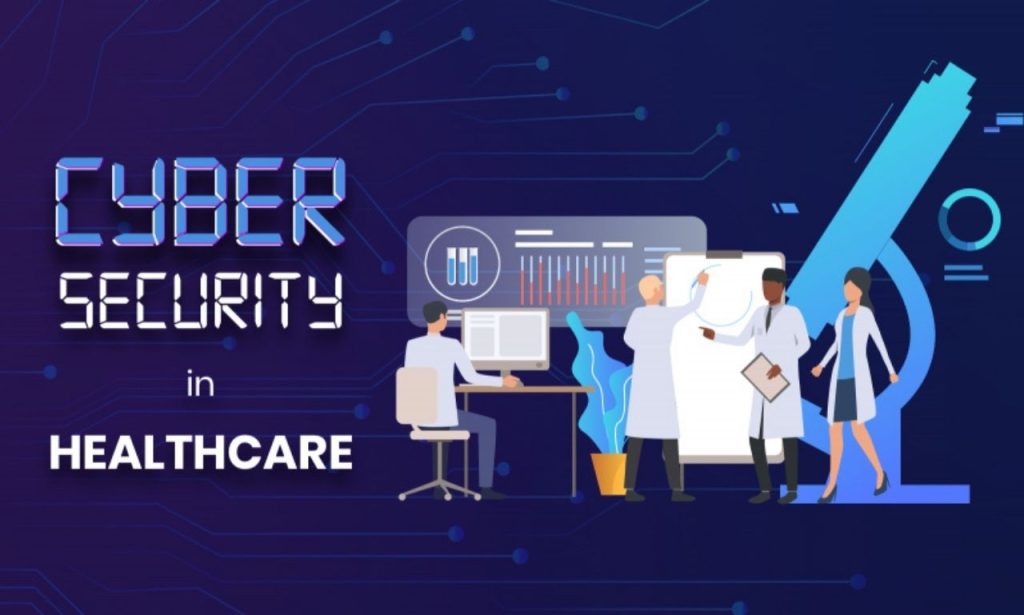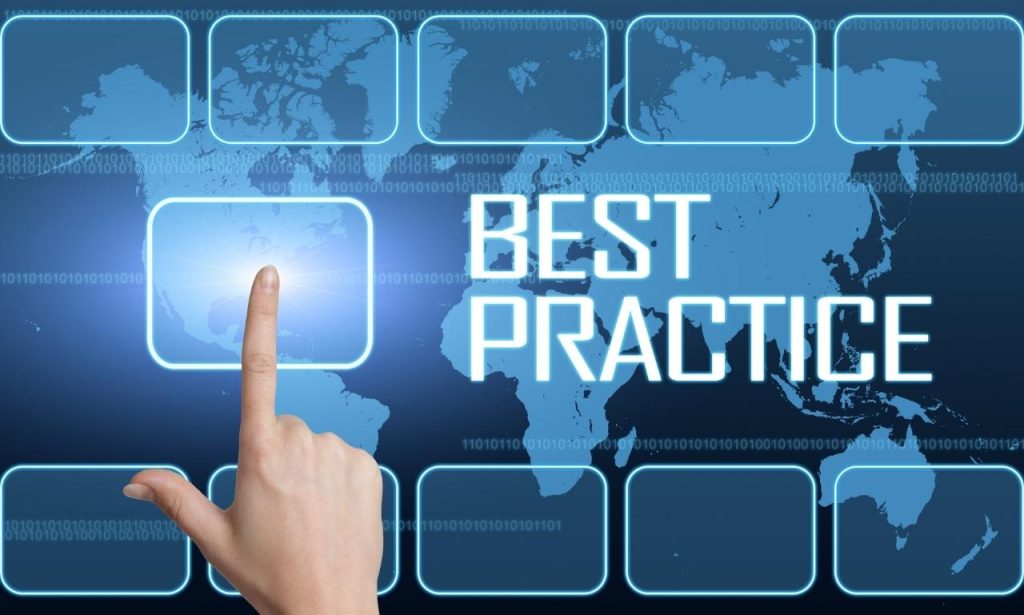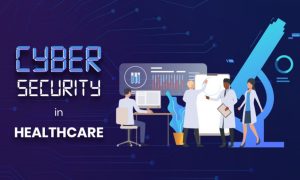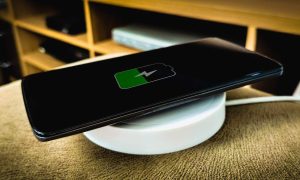Healthcare cybersecurity isn’t just IT jargon anymore—it’s about patient safety. Hospitals face daily attacks targeting sensitive information. I’ve watched small clinics shut down entirely after ransomware hits. Their patients were left without care for weeks. The healthcare sector holds incredibly valuable data. Medical records fetch premium prices on dark web markets—much more than stolen credit cards. Criminals know precisely what they’re after. Today’s healthcare runs on connected systems and electronic records. This digital shift improves treatment but opens new vulnerabilities. When security fails, patient care suffers. The stakes couldn’t be higher in this industry.
Why Cybersecurity Matters in Healthcare

Your medical provider maintains access to all your intensely private healthcare information. The medical provider maintains complete knowledge about your health conditions, medication payment information, and family medical history. The valuable information requires strict protective measures.
Medical devices in current use maintain direct network connections to hospital systems. Modern healthcare facilities have integrated all their equipment into online networks, including IV pumps and monitoring tools. The devices installed in healthcare facilities allow hackers to gain access. The security challenge grows daily.
Medical quality relies heavily on the availability of operational systems. Ransomware attacks that lock hospital computer systems lead to postponed surgical procedures, failed medication orders, and patient withdrawals. During an attack, our emergency room had to send patients away because it could not retrieve patient medical histories.
Healthcare institutions must follow strict rules and regulations for operations. Violations of HIPAA regulations trigger numerous penalties and severe reputation damage. Small healthcare organizations find it challenging to handle complex requirements in the field.
Common Cyber Threats
Ransomware Attacks
Healthcare facilities now face ransomware as their most dangerous security threat. The cyber attacks use encryption to block access to essential systems, followed by ransom demands. Ransomware caused Brno University Hospital to redirect its patients when COVID-19 struck. Talk about terrible timing.
Organizations choose hospitals because of the urgent need for quick response. The survival of lives makes ransom payments appealing. The typical payment exceeds $100,000, the starting point for further expenses.
The expenses needed for recovery exceed the actual ransom payments. Systems require complete reconstruction, while data verification becomes essential for restarting all operational activities. The NHS in Britain required more than £92 million to recover from the WannaCry attack, though most of these expenses occurred after the initial incident.
Email Phishing
Phishing schemes explicitly target active healthcare staff members. The attacks manipulate staff members into disclosing their credentials while also making them download harmful software. Medical staff members often lack the time to thoroughly check all messages, thereby leaving the doors open for attackers.
The fraudulent messages use identities that imitate established business partners, such as insurance providers. The attackers use artificial pressure to force users into mindless button clicks. Hospital phishing tests I examined revealed that 40% of workers clicked on phishing attempts despite working in a crucial infrastructure.
Training provides benefits, yet it fails to resolve all security issues. Experienced staff members occasionally mistake sophisticated attempts that target them. A compromised healthcare account exposes thousands of patient records, rapidly spreading across multiple patients.
Insider Threats
Not all danger comes from outside. Staff sometimes misuse their system access. This might happen because of curiosity about celebrity patients or financial gain from data sales.
Unhappy employees present serious risks. They know where valuable information lives and have legitimate access. Detecting these threats requires tools different from external monitoring.
Accidental exposures happen too. A nurse using personal devices for work creates vulnerabilities. Someone might email patient details instead of using secure channels. These honest mistakes can cause significant breaches.
Supply Chain Attacks
Healthcare relies on countless vendors and partners. Each connection creates potential backdoors. Attackers increasingly target these relationships for access.
Software updates from trusted sources may contain hidden malware. The SolarWinds breach demonstrated this across industries. Healthcare organizations never suspected that their trusted tools were compromised.
Medical device manufacturers often employ subpar security. Legacy equipment frequently runs outdated systems that can’t be patched, and these vulnerabilities persist throughout the device’s lifespan.
Assessing and Managing Cybersecurity Risks
Start with a complete inventory of systems and devices. You can’t protect what you don’t know exists. Many facilities discover hundreds of unknown devices during initial scans.
Classify data based on sensitivity and requirements. Patient records need stronger protection than cafeteria menus. This risk-based approach helps allocate limited security resources.
Test your defenses through regular penetration testing. These controlled attacks reveal real-world vulnerabilities. I watched security testers access a hospital’s central database in under two hours. Their findings prompted immediate improvements.
Identify likely attack paths specific to your organization. Different providers face different primary threats. Ransomware poses the greatest threat to small practices, whereas research hospitals must protect their research from nation-state attacks.
Security planning requires evaluating both probability and impact levels. Focus first on high-likelihood, high-impact scenarios. A practical security method provides the maximum security value for each dollar invested.
Implementing Cybersecurity Best Practices

Organizations need to develop specific guidelines that gain executive support. Effective security starts at the top, and leadership dedication to security protection triggers similar behavior from all staff members.
The organization needs to distribute particular security duties to every department. Each member of staff must grasp their responsibility to protect patient information. Security responsibility extends beyond IT departments since every member of the organization must contribute to its protection.
Implement multi-factor authentication for all system access. Passwords alone provide inadequate protection. This single control prevents numerous attack scenarios.
Encrypt data both in transit and storage. Proper encryption makes stolen information useless to attackers. Many healthcare breaches would be non-events with encryption.
Segment networks to limit attacker movement. Critical clinical systems should be isolated from office networks. This containment strategy limits damage when—not if—breaches occur.
The Role of Cybersecurity Escalations
Escalation frameworks create structured response paths. They define who gets notified about incidents and establish apparent decision authority. This clarity prevents costly delays during crises.
Good escalation processes match response levels to threat severity. Minor issues need minimal disruption, while major incidents require immediate, coordinated action.
Time matters tremendously in incident response. The difference between containing an attack in minutes versus hours can be enormous. Well-designed escalation procedures minimize this critical response time.
Start by defining precise incident severity levels. Not every alert warrants calling executives at midnight; different severities trigger different notification requirements.
Establish notification methods for each severity tier. Who gets called or emailed and must acknowledge receipt? These details should be decided before incidents occur.
Run regular tabletop exercises to practice escalation. These simulations reveal gaps in response plans. I’ve facilitated dozens of healthcare organizations, and they always discover critical process improvements.
Benefits of Strong Cybersecurity
Medical patients expect their personal healthcare data to stay confidential. Security breaches severely damage trust. Patients who conceal essential health information following incidents cause adverse effects on the quality of medical care they receive.
Robust security practices serve as evidence of privacy protection. They are fundamental to the current healthcare agreement between patients and medical professionals. Patients can easily see the security certifications that my doctor prominently exhibits. The security measures comforted me when I needed to share private health information.
Cyber incidents disrupt operations significantly. The execution of ransomware attacks can push organizations to resume paper-based operations. The manual operations create performance inefficiencies while simultaneously producing additional errors. The impact extends far beyond IT systems.
Data breaches cost healthcare organizations millions. Expenses include investigation, remediation, notification, legal settlements, and regulatory fines. Many smaller providers never recover from significant incidents.
Security investments prevent these catastrophic losses. They represent insurance against existential threats. The most mature organizations view security as risk management, not just compliance checking.
Prioritizing Healthcare Cybersecurity
Security priorities must come from top organizational levels. Boards and executives set the tone. Their visible support empowers security teams and overcomes resistance to necessary changes.
Dedicate an appropriate budget for tools and personnel. Healthcare typically underspends on cybersecurity compared to other industries. This gap creates unnecessary vulnerability.
Invest in security awareness for all staff. Human behavior remains both the most significant vulnerability and most vigorous defense. Regular training dramatically reduces successful attacks.
Balance technology purchases with personnel development. The best security tools provide little value without skilled operators. I’ve seen organizations waste millions on underutilized security technologies.
Consider security costs as patient safety investments. This mental reframing helps justify necessary expenditures. Modern patient safety requires digital security.
8 Best Practices for Healthcare Data Protection
1. Confidentiality Agreements
All staff members and vendors must provide signed agreements. The documents create specific standards for data management procedures and establish legal responsibility when privacy rights are violated.
Extend requirements to third-party partners. The majority of breaches occur through connections with external parties. A data breach will occur at the level of your least secure vendor.
2. Regular Training
Security awareness training must take place at least four times each year. The fast-moving threats in the security landscape make annual training sessions inadequate, so regular sessions help healthcare staff stay focused on security issues.
Phishing simulations serve as a training method to help employees stay alert about emails. The controlled tests reveal which staff members are at risk and enable learning opportunities without causing any physical damage.
3. Defined Access Controls
Implement role-based access for all systems. Each user must have restricted access to their job-related information only. Implementing least-privilege access controls reduces organizational risk.
System access rights should be reviewed regularly when roles within the organization change. Long-term accumulation of access rights poses substantial security threats to organizations. Quarterly reviews should be mandatory.
4. Data Encryption
All patient information needs protection through robust encryption methods. The protective measures cover all types of data storage, including databases, files, and backup data. The value of stolen information becomes worthless when encryption keys are absent.
Organizations must protect encryption keys through proper management systems. The loss of encryption keys causes permanent data inaccessibility, and the disclosure of encryption keys results in a total loss of data protection benefits.
5. Mobile Device Usage
The organization should create specific rules to control personal devices, including organizational equipment. Mobile devices enable the growth of patient information and provide access to such data. Devices that lack proper management systems emerge from security threats that pose significant risks to organizations.
Every device handling patient information needs mobile device management enabled. The tools define encryption requirements, enabling remote passcode implementation and data destruction capabilities.
6. Secure Printing
Implement secure printing requiring authentication. Printouts left unattended by patients create privacy concerns because they contain personal information. Secure printing systems store documents until users verify their identity at the printer devices.
Place printers in secure locations away from public areas. The position of physical devices affects their security against print threats. Public corridors contain printers that expose information unnecessarily.
7. Regulatory Compliance

Stay current with evolving requirements. Nosy continues to monitor healthcare privacy rules while updating maintenance for regular compliance checks because these rules often change.
Every compliance process requires complete documentation. New documentation systems need to demonstrate compliance with necessary laws and regulations. The implemented protective measures prove essential for auditors and investigators while performing their workplace duties.
8. Incident Response Strategy
Organizations should create detailed response plans to address different potential situations. The playbooks must include definitions of roles and cover attacks from different types with defined severities.
Organizations should conduct realistic tests on their response plans. The execution of tabletop simulations helps organizations discover potential flaws that would otherwise occur during real-world incidents. These measures develop teamwork abilities while also enhancing team member confidence.
Create relationships with external resources prior to incident development. The selection of forensic consultants, legal counsel, and PR firms should occur in advance. The pre-established relationships function as time-saving mechanisms when breaches happen.
Conclusion
Healthcare cybersecurity directly impacts patient care quality and safety. Digital transformation makes security more important than ever. Threats continue growing in both frequency and sophistication.
Strong security requires both technical controls and human awareness. Effective programs address both aspects equally. They build protection into workflows rather than bolting it on afterward.
Cybersecurity escalations consist of organized response procedures that guide agencies during critical events. Proper notification systems and decision-making protocols during incidents exist within well-designed processes, which reduce security event damage.
All healthcare institutions need to make cybersecurity investments their top priority. The existence of healthcare organizations now depends on proper protection measures. Security effectiveness requires patient trust, operational continuity, and financial stability.
Also Read: The Best Samsung Phones You Can Buy
FAQs
Healthcare combines valuable data, critical operations, time pressure, and often weaker security than other industries.
The average healthcare data breach costs approximately $9.23 million, significantly higher than other industries.
MFA requires additional verification beyond passwords, dramatically reducing account compromise risks.
At minimum quarterly, with additional training when new threats emerge.
HIPAA primarily, along with state laws, GDPR for international patients, and various industry standards.




